Stellantis CEO Claims EVs Cost Up to 50 Percent More to Build
【Summary】As Stellantis looks to rapidly expand on the number of electric vehicles it sells globally, its CEO believes that it’s going to take some work to keep costs down for consumers.
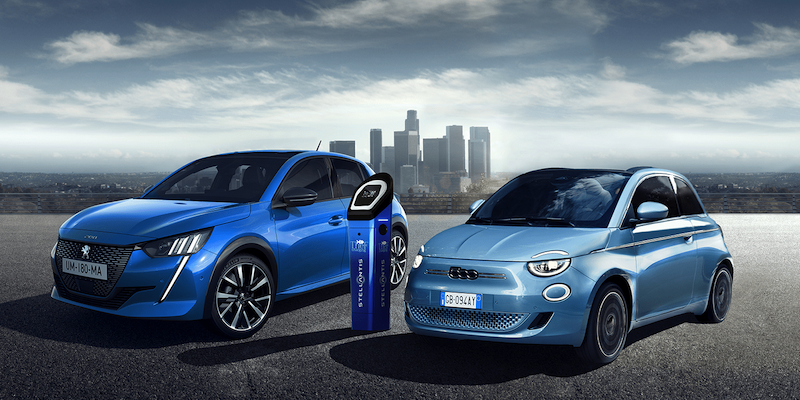
Like many other automakers, Stellantis is pouring billions into coming out with an electrified lineup of vehicles. Last July, the automaker that came from the merger between Fiat Chrysler Automobiles and French PSA Groupe announced that it would be investing $35.5 billion into its electrification plans to have 55 electrified vehicles on sale globally by 2025. The breakdown includes 40 all-electric cars and 15 plug-in hybrids.
How Stellantis Will Reach Its Goals
What a lot of people may not know is that Stellantis already has 34 electrified vehicles on sale globally right now. So, when 2025 rolls around, we won't see 55 all-new vehicles. Instead, we can expect to see roughly 20 new options. It's an impressive number, but it's nowhere near as impressive as saying 55 new vehicles are coming out.
Still, making a profit off of all of those electrified vehicles sounds like it's going to be a tough task, at least if you take what Stellantis CEO says to heart. Before the end of the year, Stellantis Chief Executive Officer Carlos Tavares claimed that costs associated with transitioning to electric vehicles for automakers are "beyond the limits." Recently, during a 2021 earnings call that occurred this month, the CEO is back to reiterate just how expensive electric vehicles are going to be for the automaker to manufacture.
"The gorilla in the room is the cost of electrification," Tavares said during the earnings call, reports MotorTrend. Tavares claims that electric cars cost 40 to 50 percent more to build than a traditional vehicle with an internal combustion engine. The situation is precarious because the CEO claims that the extra costs can't be absorbed by Stellantis. Doing so would ensure that the automaker doesn't make any profits from the sale of electric vehicles. On the flip side of things, the extra costs can't be forced onto consumers, because prices would be too high for the majority of people to afford a vehicle.
Stellantis Struggling To Get Costs Down
So, Tavares claims that to make ends meet, Stellantis will have to reduce internal costs and find a happy medium with its suppliers. Apparently, they manage 85 percent of the vehicle parts chain, so this is where Stellantis should be able to find the most wiggle room.
Tavares states that Stellantis is the fourth-largest automotive company, which gives the brand the ability to play with economics. The automaker is also reportedly 30 percent more efficient than the majority of its competitors, giving it a lower breakeven point than its competitors. Despite only producing 6 million vehicles, of its claimed 8 million car production capacity, Stellantis had a strong fiscal year. Making more cars, claims Tavares, would give Stellantis more money, which could go toward manufacturing more affordable EVs.
For consumers in the U.S., we will see Stellantis come out with electrified vehicles under Chrysler, Dodge, Maserati, and Jeep. While the rest of the world will see more all-electric vehicles than consumers in the U.S., we should get our fair share of PHEVs.
-

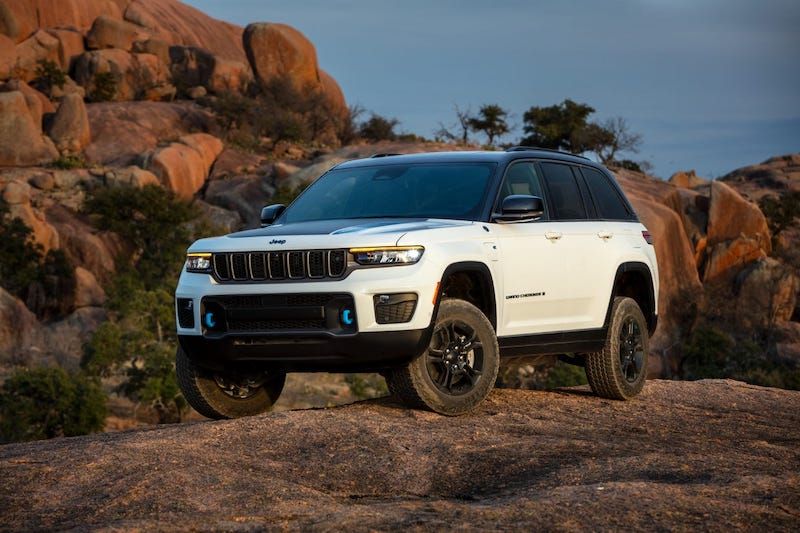
2023 Jeep Grand Cherokee Trailhawk Now PHEV Only
-

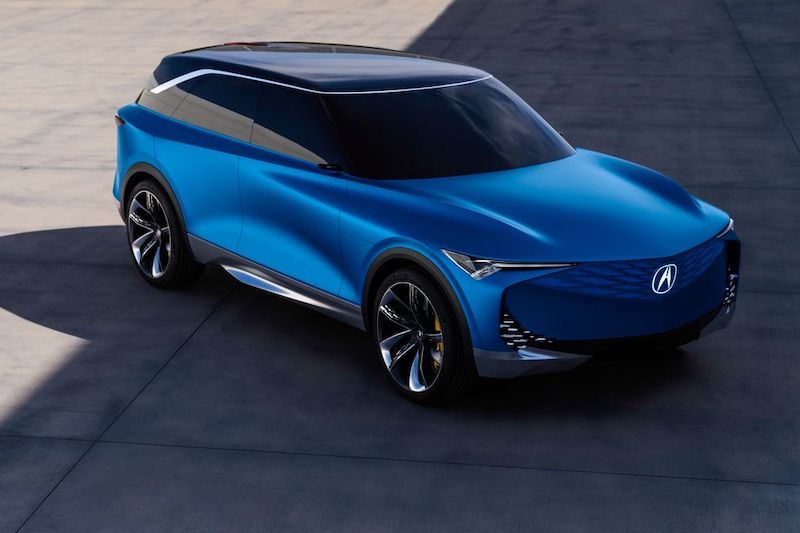
Acura Prevision EV Concept Previews Brand’s Electric Future
-

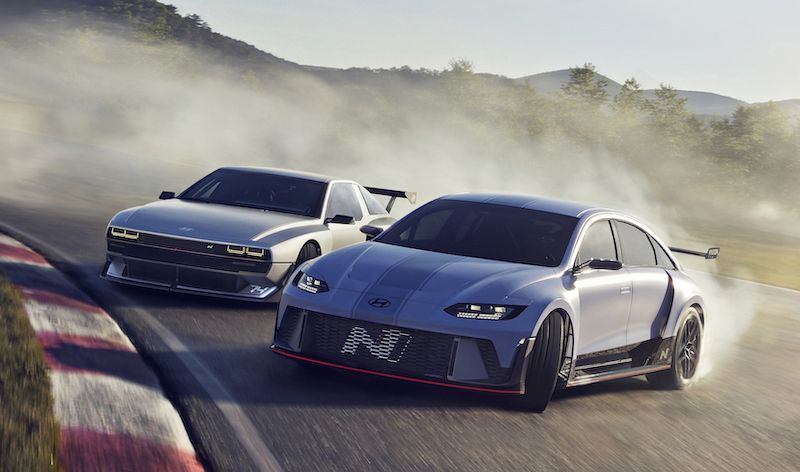
Hyundai Gets Serious About Electric Performance Cars, Shows off Two Concepts
-


Ford Looks to Have 100% of EV Sales Be Online
-

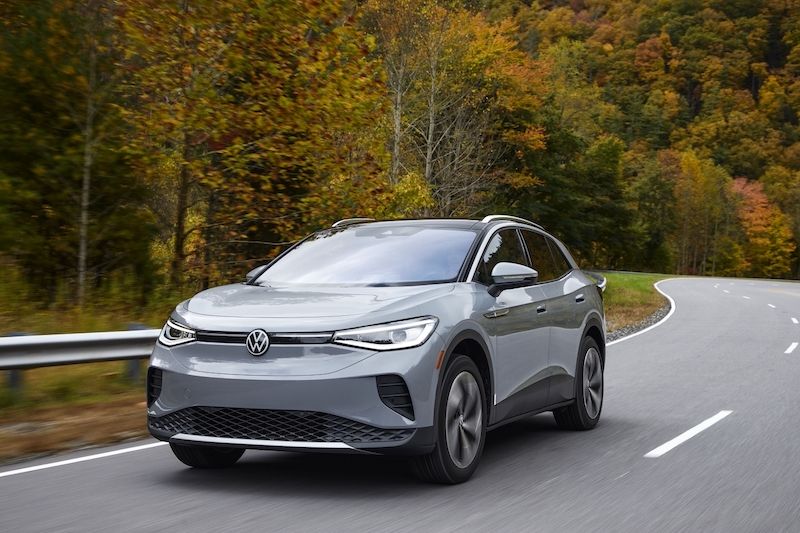
Volkswagen CEO Believes It Will Overtake Tesla in EV Sales by 2025
-

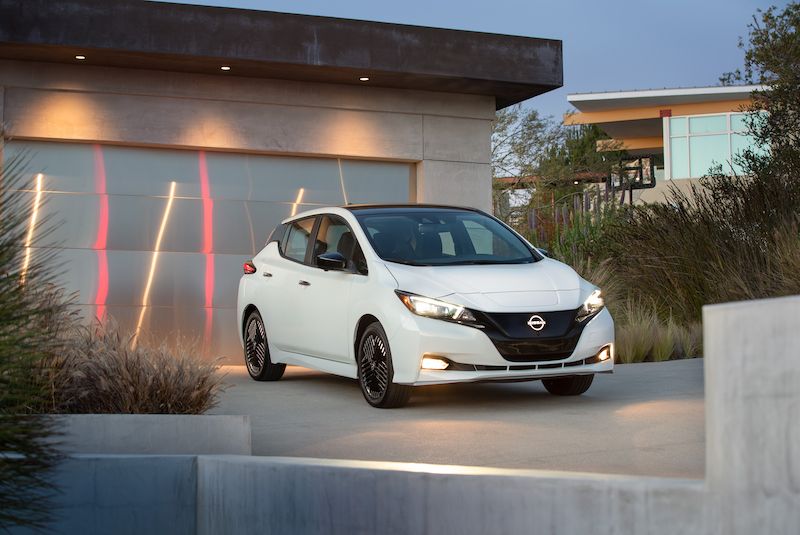
Report Claims Nissan Leaf Will Be Discontinued by 2025
-


Autonomous Vehicles Will Require Cities to Change Their Transportation Methods
-


Rivian, Mercedes-Benz Partner to Produce Electric Commercial Vans
- Ford Announces the Largest Utility Agreement in the U.S. History to Assemble All of its Vehicles in Michigan Using 100% Renewable Energy by 2025
- China’s CATL to Supply Honda with 123 GWh of Electric Vehicle Batteries by 2030
- EV Startup Fisker Announces ‘Fisker Finance’ a Digital Financing Platform for Purchasing the Electric Ocean SUV
- Volvo’s Electric Vehicle Brand Polestar Reports $1 Billion in Revenue in the First Half of 2022, Adds 6 New Global Markets
- Tesla Rival XPeng and Alibaba Cloud Set Up China’s Largest Cloud-Based Computing Center to Train Machine Learning Models for Autonomous Driving
- Zeekr’s New 009 Electric Passenger Van is the World’s First EV to Feature CATL’s Advanced ‘Qilin’ Battery With a Range of 510 Miles
- Toyota to Collaborate with Redwood Materials to Build a Closed Loop, EV Battery Recycling Ecosystem in the U.S.
- BMW Expands i4 Lineup With the Affordable eDrive35
- Toyota is Investing an Additional $2.5 Billion to Expand its North Carolina Factory to Boost EV Battery Production
- China's Tech Giant Baidu Plans to Rollout the World’s Largest Fully Autonomous Ride-Hailing Service by Next Year











 About Us
About Us Contact Us
Contact Us Careers
Careers